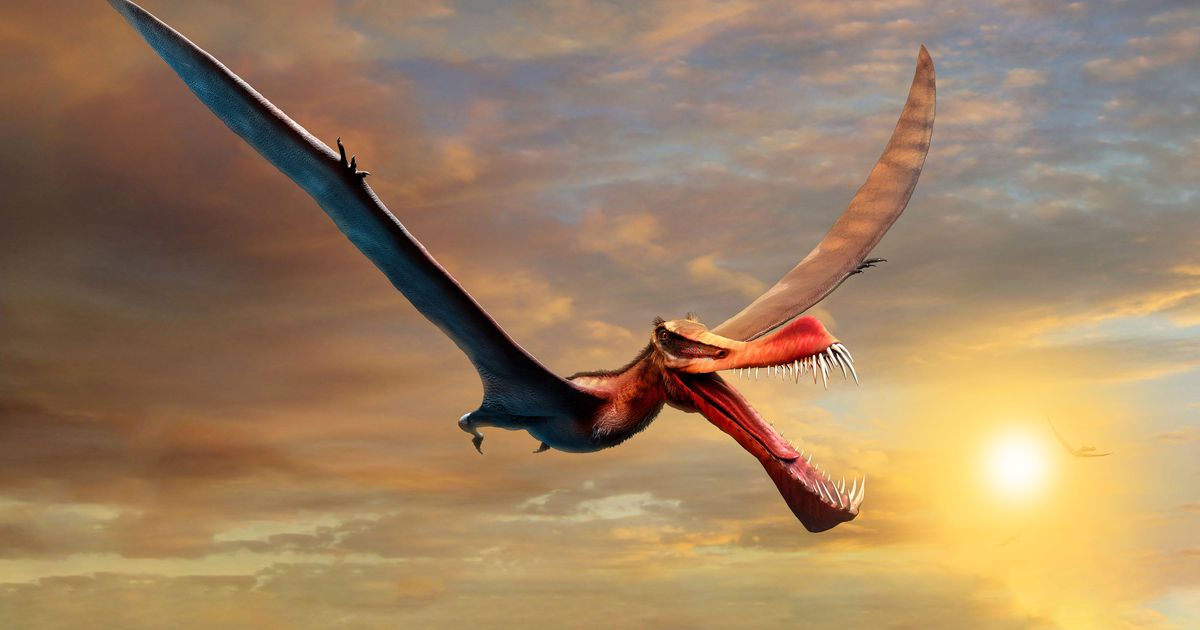UInverarity of Queensland
A fearsome beast with wings spanning 22 ft. A mouth like a spear. The closest issue we’ve viewed to a serious-existence dragon.
That is how Tim Richards describes the Thapunngaka shawi, a flying reptile whose fossils he’s been finding out at the College of Queensland’s University of Organic Sciences. The pterosaur is believed to have as soon as flown above the Australian outback — lengthy plenty of ago that it was soaring above inland seas instead than desert.
“This issue would have been quite savage,” Richards, a PhD pupil, stated. “It would have forged a terrific shadow above some quivering minor dinosaur that would not have heard it until finally it was also late.”
The name Thapunngaka shawi indicates “Shaw’s spear mouth,” with the latter half a reference to its discoverer Len Shaw. The genus name, Thapunngaka, is encouraged by the now-extinct language of the Wanamara Country, just one of Australia’s 1st Nations peoples.
Pterosaurs populated the earth as not long ago as 66 million yrs ago, in advance of the asteroid demise blast ended the dinosaurs’ reign, and as early as 228 million decades back. They are distinguished for staying the initial vertebrae creature — that is, a creature with a spine — to just take flight. The most well-known pterosaur is the pterodacylus, which is why pterosaurs are generally improperly acknowledged as pterodactyls.
Experts still have much to master about the historic creatures. Investigation published in journal iScience in April confirmed the mystery to pterosaurs’ physiology was its neck, for a longer period than a giraffe’s and ingeniously organized by Mother Character to assist their significant heads through flight. Analysis published just very last month indicates lots of pterosaurs ended up capable to fly the second they hatched from their eggs.
To allow for for flight, pterodactyls generally have bones that are thinner and a lot more brittle than other dinosaurs. That helps make such nicely-preserved fossils as the one particular Richards is learning rare. Primarily based on the jaw fossils currently being researched, Richards estimates the cranium on your own would lengthen in excess of 3.2 feet and hold 40 (terrifying) enamel.
“By world expectations, the Australian pterosaur file is very poor, but the discovery of Thapunngaka contributes considerably to our understanding of Australian pterosaur variety.”
